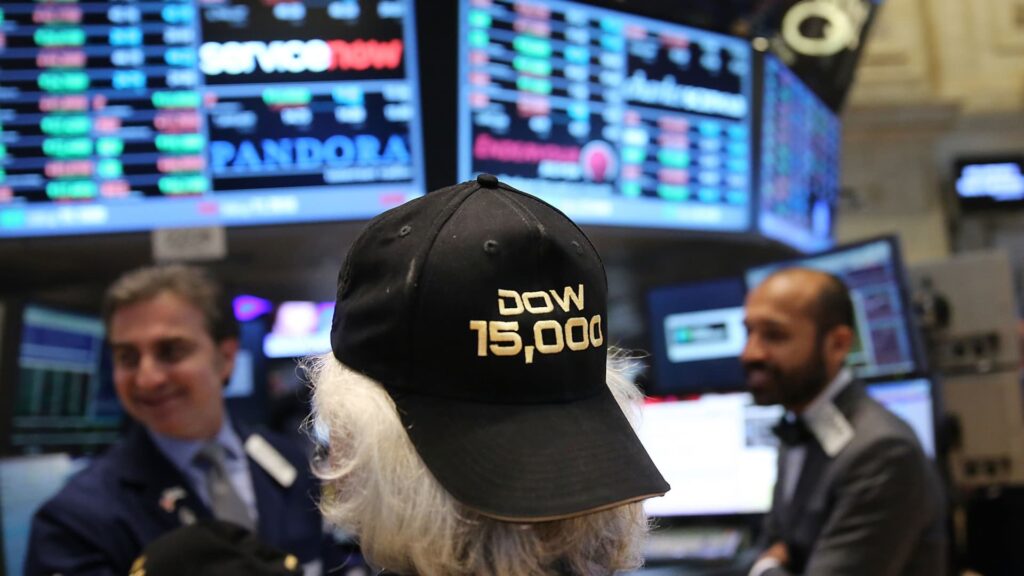Most of the time, the current crop of investors expects the market to go down. It has no illusions. Stocks are an inherently risky and the most dangerous of asset classes. Savers feel stuck with equities and those who espouse their positives often look like self-serving quacks. It wasn’t always like that. Back when bulls were everywhere From the time the great bull market began in 1982 until the financial collapse of 2007, we pretty much assumed stocks would always go higher. It was the only game in town. The greatest story ever told. The democratization of finance. The belief in the inevitability of stocks’ upward trajectory was rivaled only by the love for it. During the bull market’s heyday, traders on the floor at the New York Stock Exchange made up hats for every 1,000-point milestone for the Dow and tossed them gaily into the air at the crack of the closing bell. Of course, these traders — the masters of the pulsating, vibrating NYSE and not the Potemkin village some say it has become — couldn’t have known that we were going to cross each milestone. They just knew to be ready for it because they didn’t want to squander an easy cause for celebration. Metaphorically speaking, we were going higher. Along the way, we hit puddles and drove through coarse roads littered with potholes — a too-aggressive Federal Reserve, a financial scandal or two (or three or four) that always involved storied banks. But these setbacks were a mild price to pay for an account that could keep pace with college costs. Or for a 401k, some legislative afterthought, that actually became the bedrock way to save, edging out the IRA because of how much more money you could shelter. Even the dotcom collapse of 2000 didn’t deter the bull, it just postponed the stampede. The Street had gotten greedy with a new technology: the internet. It wasn’t the first time, and ChatGPT is already showing us it won’t be the last time. We knew our markets to be strong and we recognized the U.S. was…
Read the full article here





